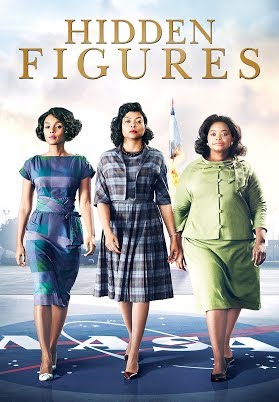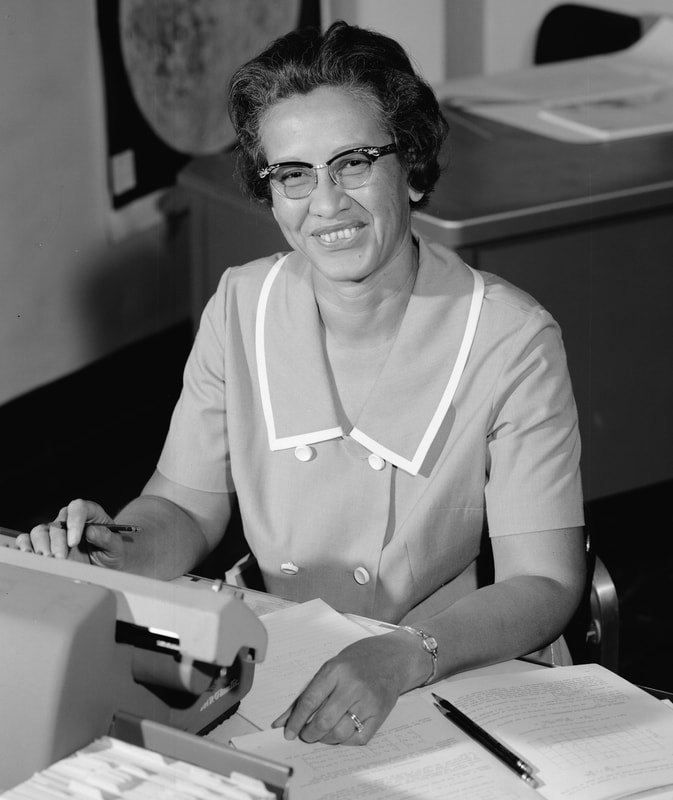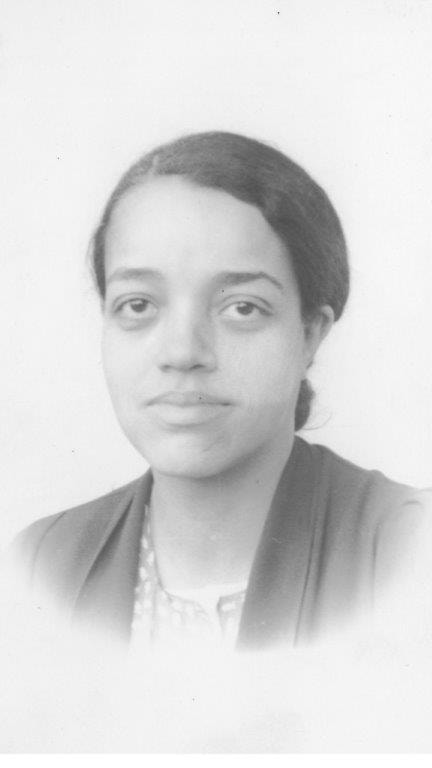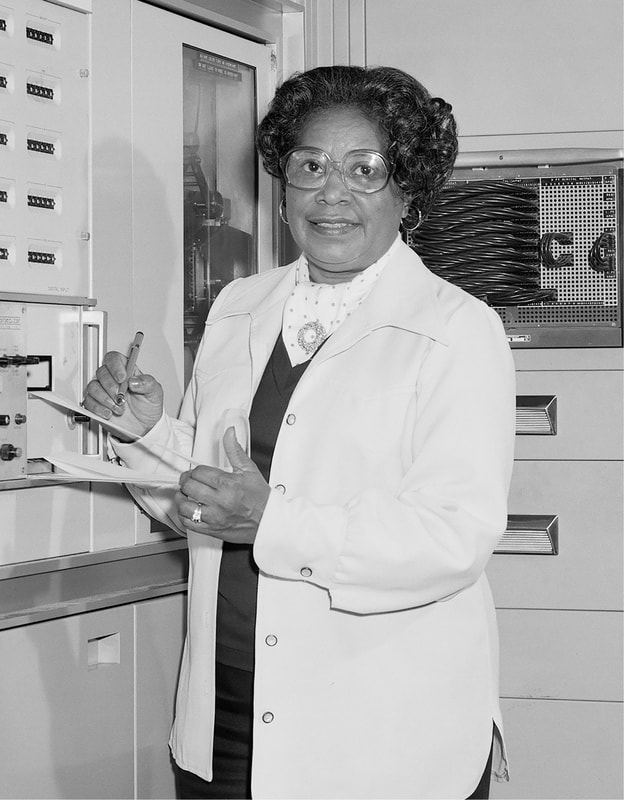|
By Aanya Sharma
All three of these brave women started out as teachers, working their way up to the Langley Research Center at NASA. They started in the West Computing Group which was segregated as they all were looked down upon due to their gender. These women’s legacies will always be remembered as the ones who paved the way for many others in the entire institute. Overall, I would give this movie 5 stars because of the portrayal of the struggles in these women’s lives. It showed how they were treated differently and how much harder they had to work to make a difference in their environment. The movie was so much more than just showing these women’s careers, it was about their families, personal lives, and relationships. It shows so much emotion and I can say that I truly enjoyed watching this movie. If anyone gets the chance to watch this movie, I would definitely recommend it! SourcesLoff, S. (2016, November 22). Dorothy Vaughan Biography. NASA. Retrieved February 19, 2022, from https://www.nasa.gov/content/dorothy-vaughan-biography
Loff, S. (2016, November 22). Katherine Johnson Biography. NASA. Retrieved February 19, 2022, from https://www.nasa.gov/content/katherine-johnson-biography Loff, S. (2016, November 22). Mary W. Jackson Biography. NASA. Retrieved February 19, 2022, from https://www.nasa.gov/content/mary-w-jackson-biography Comments are closed.
|
Our writersArielle Arbel Archives
August 2022
Categories |




